Growing Peas
Learn How to Grow Peas, Growing Pea plants in containers, harvest, and care in this article. The pea is most commonly the small spherical seed or the seed-pod of the pod fruit. Each pod contains several peas. Pea pods are botanically fruit since they contain seeds and are developed from the ovary of a flower.
In the spring season, green peas are not only used to eat, but they also have many nutrients. It is quite a popular vegetable, probably originated in western India in the sub-Himalayan plains. Today it has become semi-tropical areas of the major commercial crop. The small spherical seeds or seed pods of the legume Pisumsativum. It is an annual plant; the Life cycle is 1 year. Pisumsativum is a cool-season crop and is grown in many parts of the world.
The use of immature peas like vegetables is also used as fresh, frozen, and canned. Using the split pea or pea pods mature as it is dry. Dry peas are used to make various Modern cuisines.
Overview of Pea plants
Scientific name Pisumsativum
Common name Pea
Plant type Vegetable
Temperature 55-64 ° F
Soil Loamy
Soil pH 6.0-7.5
Sun Full Sun/ Part Sun
How to grow Green Peas
Planting
Fall is the best time to start planting peas the moment you start it as soon as possible. Add compost and mulch to the soil before the sowing. Peas are sown indoors in a peat pot. Spray wood ashes to the soil well before planting peas. If you want to grow seeds directly in the ground prepare a month before the last frost.
The weekly intervals in the spring grow different varieties. When separately or crop will mature at different times so it would be shocking. Pea plants 1 inch deep and 2 inches must find gaps. Read also.
Temperature
When the soil temperature reaches 10°C the seeds may be planted. When 13 to 18 °C (55 to 64 ° F) temperatures are most appropriate for it. Peas thrive in warm temperate and tropical climates are not plain, but the high altitude, the tropics are well developed.
Fertilizer
Pisumsativum prefers less food so that don’t require much fertilizer. Too much nitrogen that plants actually grow pods and leave harm.
Watering
Water should be deeply once a week if the soil will dry completely that will reduce pea production. Water is the most important time to keep the plant blooming and the pod is underproducing. To maintain pod quality water should be regularly.
Peas Care
- These plants prefer completely dry soil, but before planting manure is important to add to the soil well. But keep in mind that the soil should not fertilize too much.
- Its plants are much more sensitive to nitrogen, but Bone meal peas, phosphorus, etc. prefer too. So these foods should be included in the soil, however, Peas the dose of fertilizer much does not require.
- Peas should rotate crops every year that the soil-borne disease could not flourish. Read more.
Pests and diseases
- Aphids are Major insects of the pea plant, but you can control them easily. If you directly spray cold water on these insects so they fall to the ground. For pests on the plants of heavy outbreaks, you can use a spray of insecticidal soap.
- Aphid’s mosaic virus is transmitted, so as soon as it gets its information should be controlled immediately.
- Powdery mildew is the most common disease of peas, which influences the warmer season.
- Rotate crops to prevent root rot. To avoid soil-borne diseases of peas it is absolutely necessary.
Harvest Peas
- Pods begin to pick from the bottom. Legume in one hand and with the other hand will pick the pod otherwise the stem will be broken. Regularly picking pods, peas will produce more.
- Peapods and then break when their peels become thick, and seeds are become rounded.
- Legume and flowers of the plant stopped production of the plant’s harvest the leaves for salads
- Don’t leave Peapods on the vine otherwise, produces pods will reduce.
- Check regularly because much harsher pods seem tasteless, the pods can be brought to just use as seed.
- Leave the roots to rot after harvest to release nitrogen into the ground, which is beneficial for your next crop.
Read also: How to grow Ranunculus flowers. Use of NPK Fertilizer. 8 Best Frugal gardening tips. How to Fertilize your Roses. 8 Perennial vegetables you can plant once and savor forever. 6 stunning effects of milk in the garden. Banana tree growing in containers. Matar Paneer recipe Dhaba style. Growing and caring Lupine plant. Jade Plant growing indoors. Growing Black peppers in containers. OnionGrowing and caring tips. Coriander growing guide at home. Bleeding hearts flowers Growing tips. Nerve plants growing and care tips. Oregano growing and care guide.
For Pin:

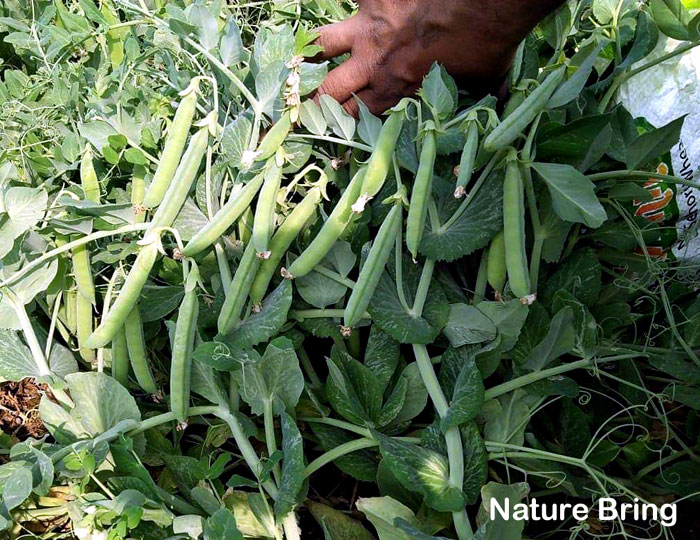
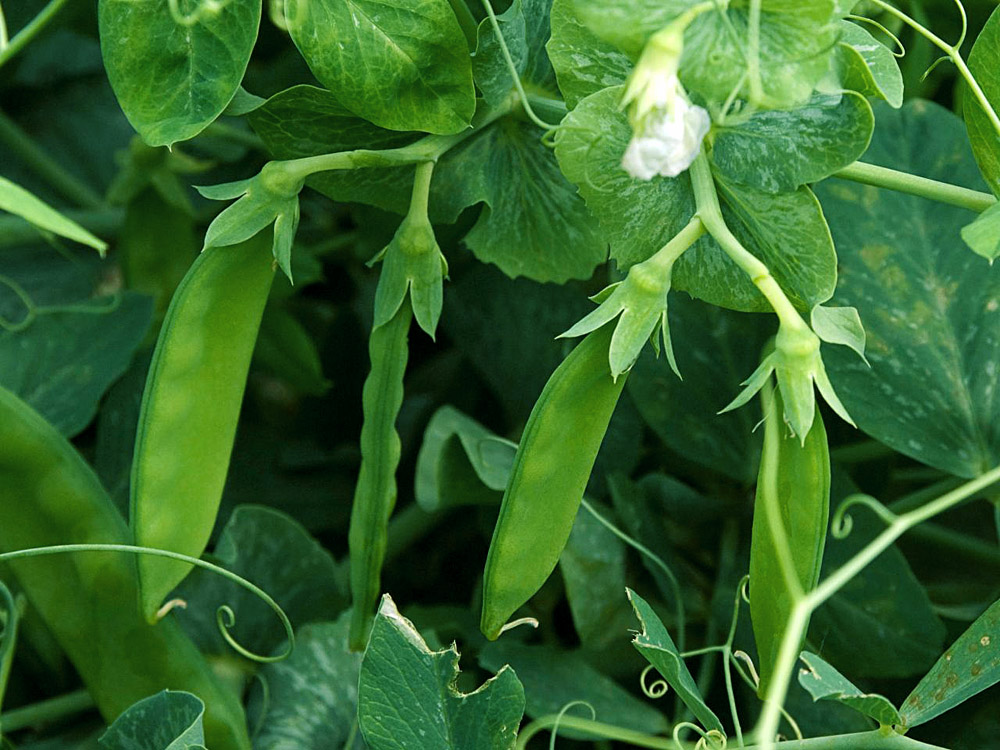
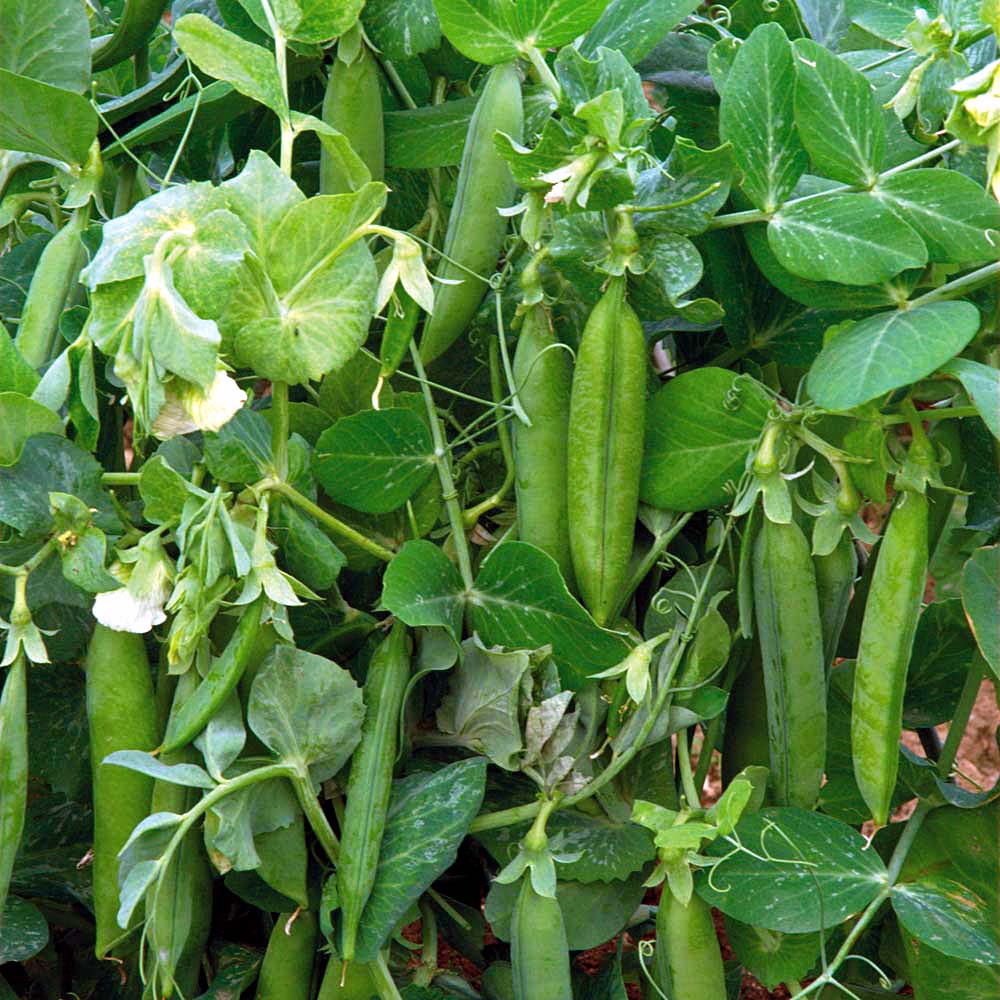
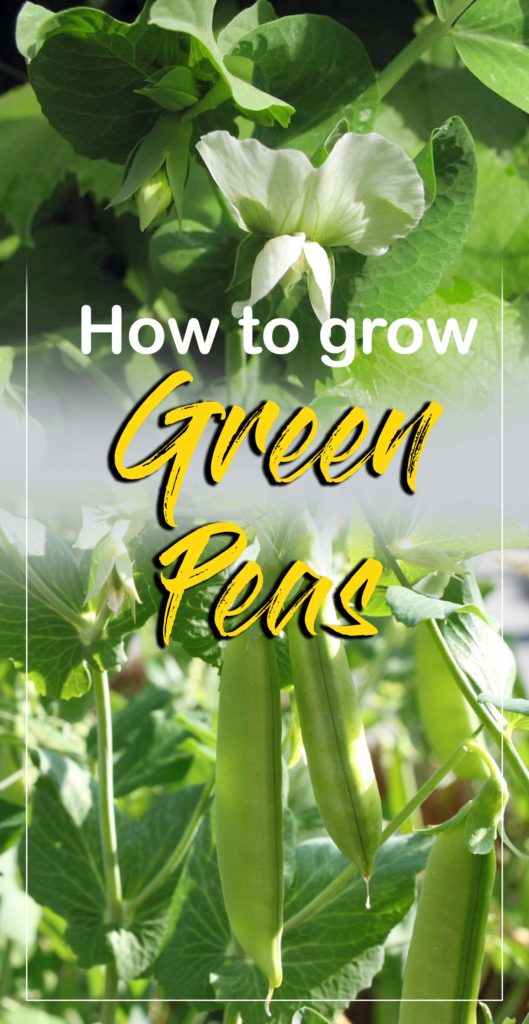

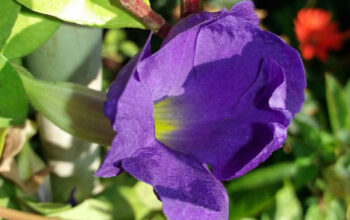
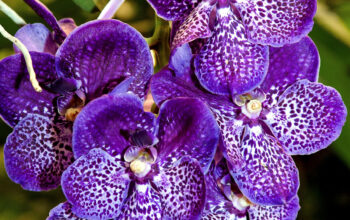
sosyaltr \n Touche. Great arguments. Keep up the amazing fotbollstrojor sverigen effort.|
Thanks… for appreciating me.. stay connect with us.. thanks.. lot……